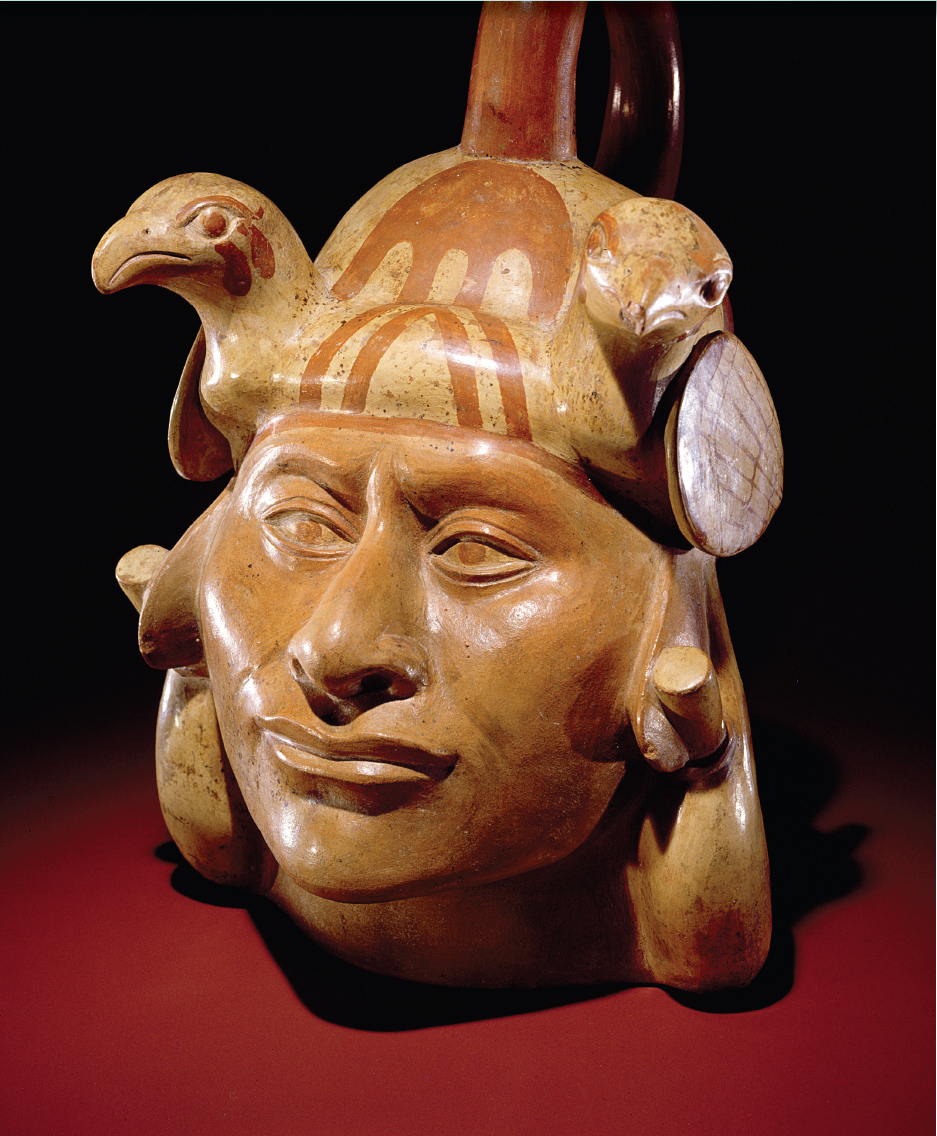A History of World Societies:
Printed Page 297
A History of World Societies Value
Edition: Printed Page 296
Introduction for Chapter 11
11
The Americas
2500 B.C.E.–1500 C.E.

When peoples of the Americas first came into sustained contact with peoples from Europe, Africa, and Asia at the turn of the sixteenth century, their encounters were uneven. Thousands of years of isolation from other world societies made peoples of the Americas vulnerable to diseases found elsewhere in the world. When indigenous peoples were first exposed to these diseases through contact with Europeans, the devastating effects of epidemics facilitated European domination and colonization. But this exchange also brought into global circulation the results of thousands of years of work by peoples of the Americas in plant domestication that changed diets worldwide, making corn, potatoes, and peppers into the daily staples of many societies.
The ancient domestication of these crops intensified agriculture across the Americas that sustained increasingly complex societies. At times these societies grew into vast empires built on trade, conquest, and tribute. Social stratification and specialization produced lands not just of kings but of priests, merchants, artisans, scientists, and engineers who achieved extraordinary feats.
In Mesoamerica — the region stretching from present-
These achievements were rivaled only in the Andes, the mountain range that extends from southernmost present-